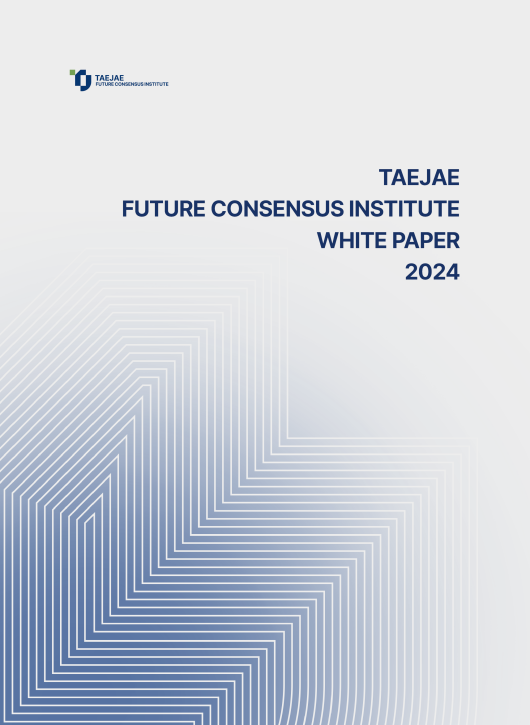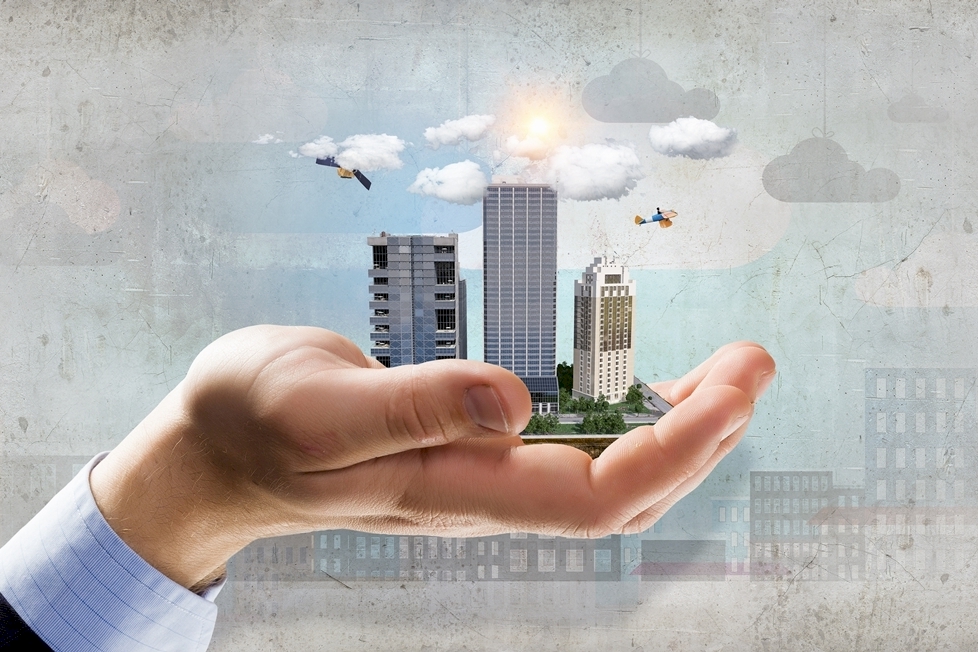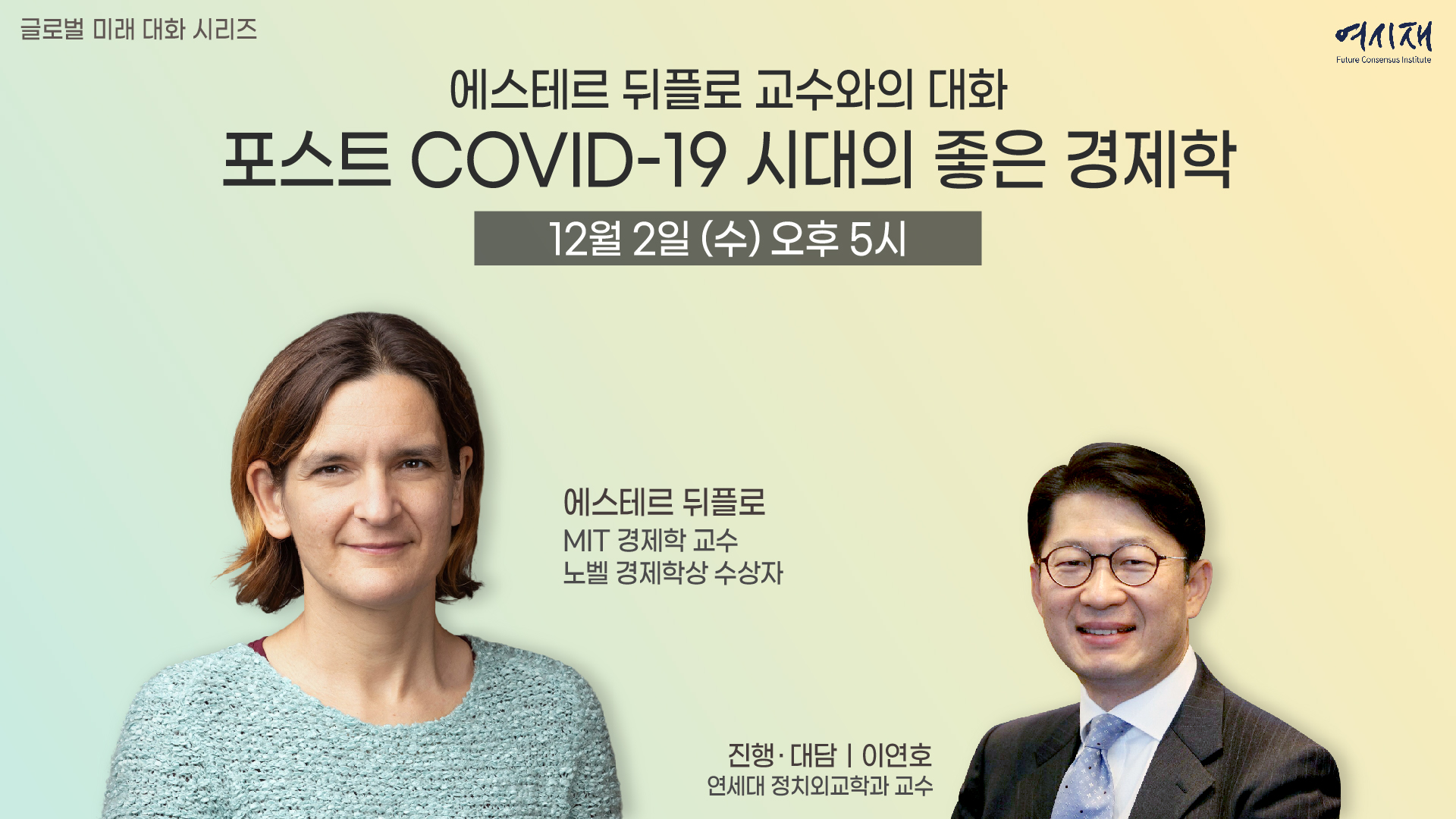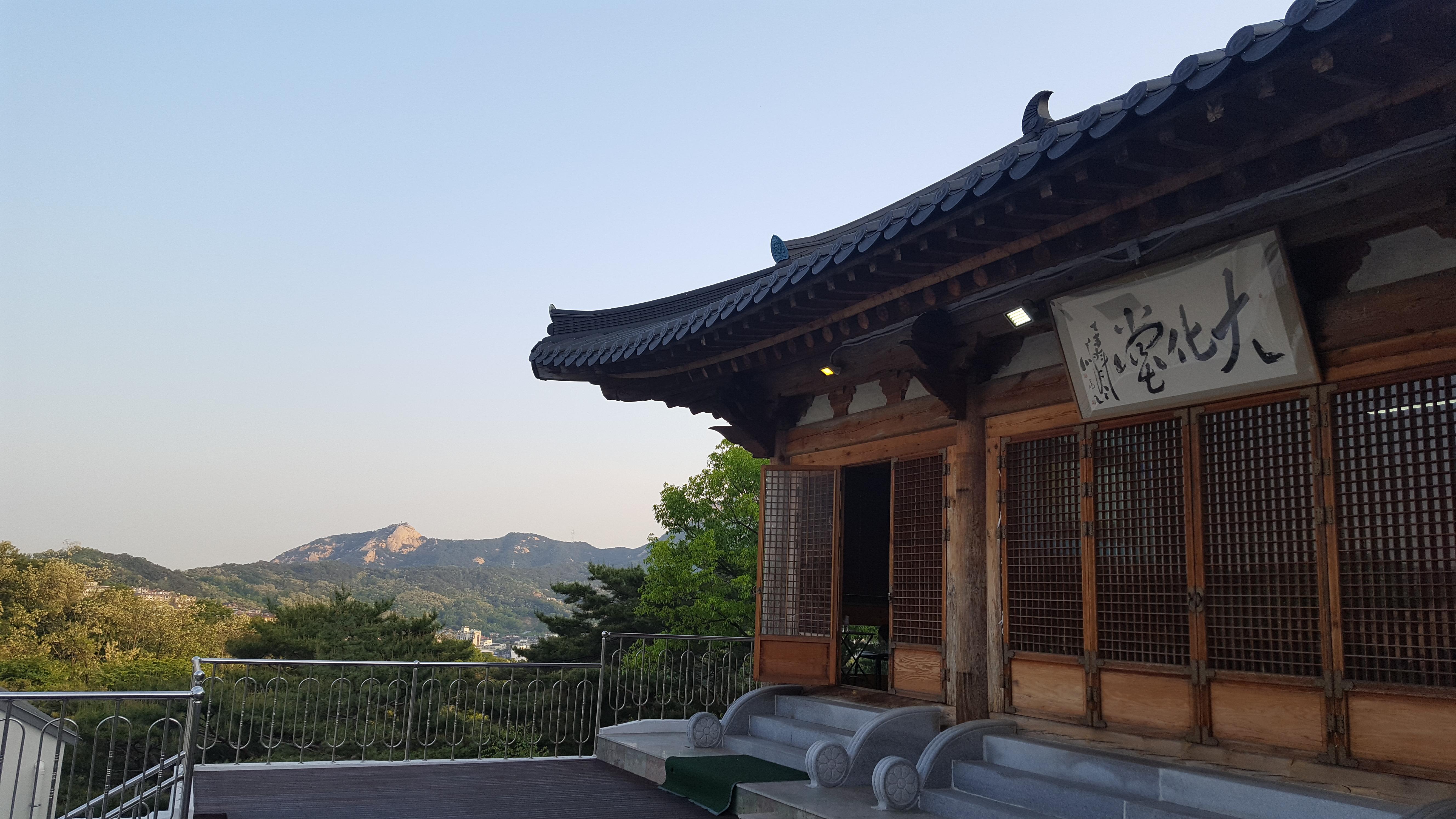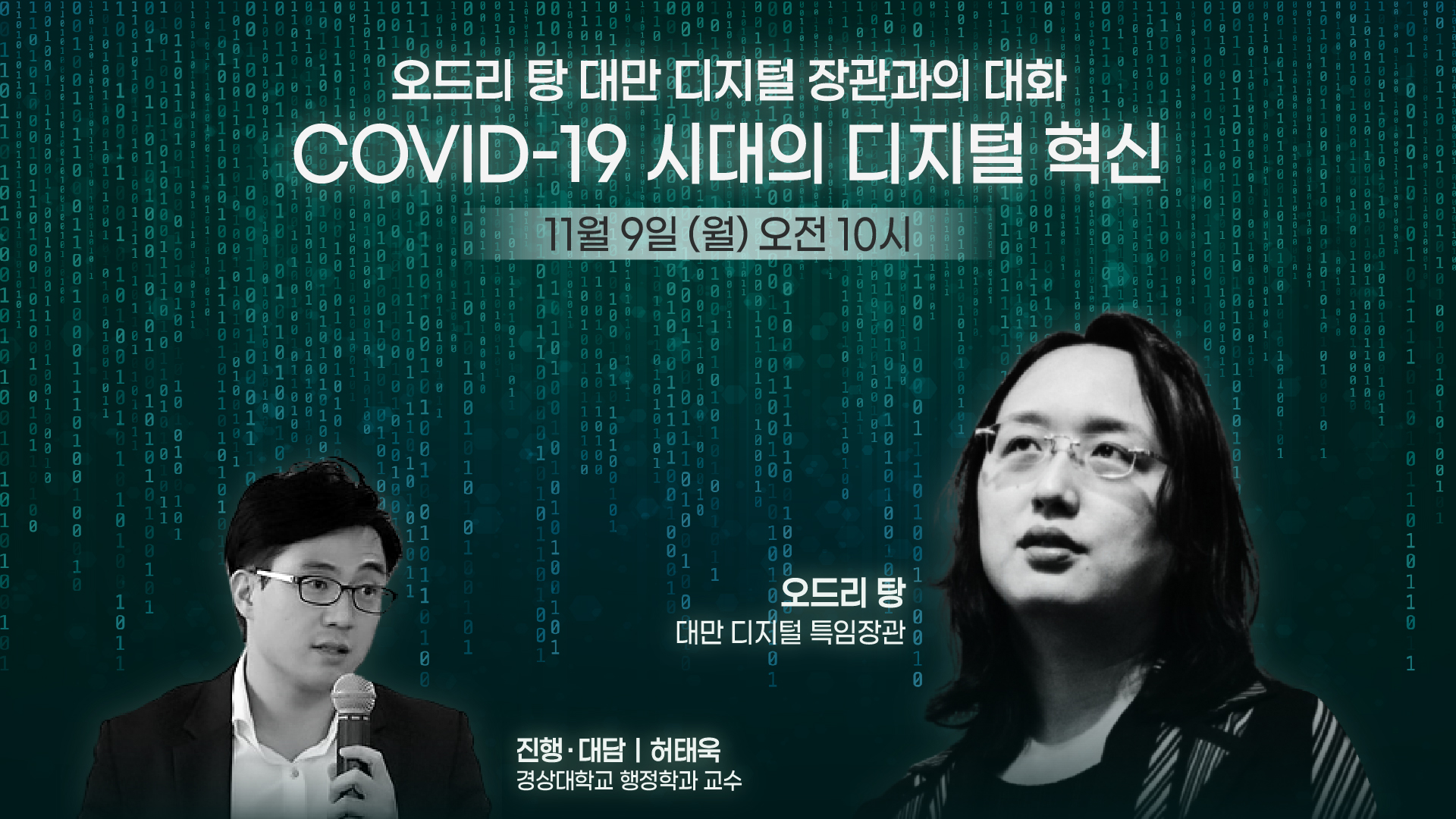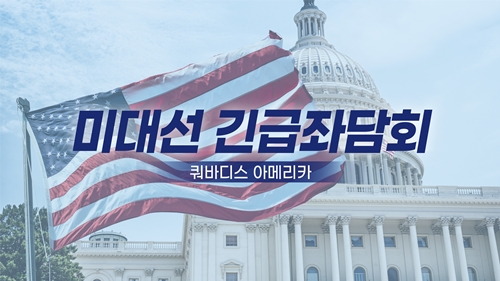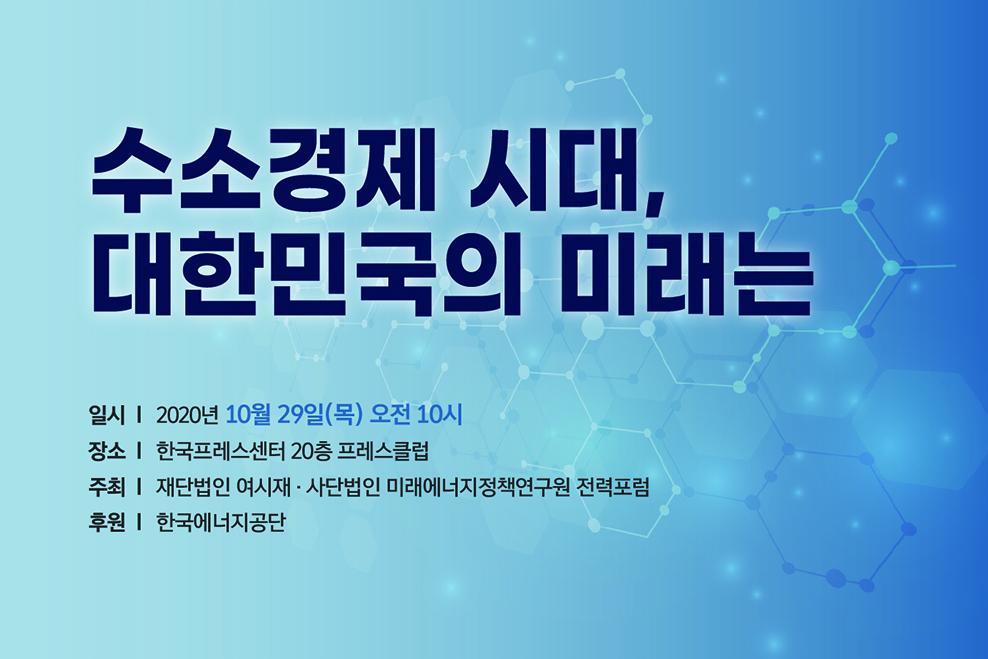Please join Yeosijae as we build a brighter future for Korea. Create your account to participate various events organized by Yeosijae.
- Reports
- |
- Future City/Future Housing
- Digital Society
“A Place to Live, Work, and Play”… Imagining the Future City
- Smart City Korea White Paper
- Designing a city that “improves the quality of life, rebuilds communities, and innovates production”
- ‘Live+Play+Work’ and smart home-based decentralization

Since our inception in 2015, the Future Consensus Institute (Yeosijae) has endeavored to embrace urban innovations to develop solutions to the sustainability crisis. Our understanding of smart cities, a new urban planning model that has emerged with the dawn of the Fourth Industrial Revolution, has taken the same approach to explore not only its technical aspects but also the ways it can be designed to put people first and embrace future values.
As part of our research, Yeosijae partnered with Professor Do-Nyun Kim of Sungkyungkwan University Smart City Green Lab and SK Securities Research Center Smart City TFT to develop a Korean-style smart city. Our goal was to design a city that brings people and technology together and combines the concepts of “work, live, and play” to foster digital innovation, rebuild communities, and increase the production capacity of cities.
Here we share a summary of our Smart City Korea White Paper that outlines the philosophies behind our research and the details of the Smart City Archetype.
Re-examining our philosophies to start in the right direction
People should always be at the heart of development. Growth, stability, happiness, balance, and every other core value we uphold are ultimately designed to serve the people. In view of this, however, South Korea faces a challenging situation. The country faces not only the global challenges of inequality, low growth, industry decline, and environmental crisis but also suffers from a unique set of circumstances in terms of housing, healthcare, jobs, and low fertility. With COVID-19 adding to the already overly complex situation, the quality of life in South Korea is slowly degrading.
How should South Korea address this situation and surmount the challenges that it faces?
We believe that the answer lies in cities because they are the very place where people live. Any solution we devise will have to outline the direction of change for cities. In short, by studying the future of our cities, we examine the different problems that we face today and will face in the future.
In discussing the future of cities, there is one penetrating trend that has emerged across the world: the rise of smart cities. Developing and advanced countries alike are competing to build their very own smart cities. Though they are yet to decide on the “gold standard” of development, there is a growing consensus that it is the direction that we are headed to.
In fact, this is an inevitable trend. Throughout history, social and economic crises have always induced significant changes across various sectors. With each revolutionary change, global hegemonic powers and large cities transformed to match the new environment – a lesson from history that we must not overlook. This trend has historically occurred once every 100 years, and coincidentally, we see signs of a recurrence today in the problems that we face and the solutions that emerge.
Our lesson from history resonates much more deeply today, with the growing influence of the Fourth Industrial Revolution on the economy, society, culture, and politics and its convergence with cities (in the form of smart cities). In a way, it suggests that the next global hegemon may be the country that takes control of the smart city movement.
Going beyond the scope of technology to
incorporate people-centered future values in city planning
Consequently, we must avoid confining our approach to the technical aspect of smart cities. Instead, our work should put people first, above all other values, and incorporate future values in our design.
However, urban planning in South Korea today is not regarded with high esteem. Though countless investments are going into projects for smart cities, new towns, urban regeneration, and others alike, cities are becoming less green, less efficient (in terms of land use efficiency compared to the sharply rising housing prices), and more taxing on public finances. Despite the ongoing effort, public satisfaction has been on the decline in recent years. Although South Korea has the tenth highest GDP in the world, it ranked 61st in the United Nations World Happiness Report and this partly demonstrates the paradoxical situation that the country faces.
In such a situation, it becomes imperative that we first take a moment to think, to re-examine the grand challenge of urban development, and establish the underpinning philosophy of our development efforts. Professor Howard Stevenson of Harvard University, who is widely recognized by the book Howard’s Gift, once said, “A racehorse stops thinking to run, but a wild horse stops running to think.” Likewise, South Korea has to stop and think instead of rushing to take off.
That was our starting point—the start of our smart city project.
Le Corbusier, “Architecture is the mirror of the times.”
The Era of the Fourth Industrial Revolution and Designing the Future City
In his famous work, Towards a New Architecture (Vers Une Architecture), Le Corbusier once wrote, “Architecture is a mirror of the times,” and argued that architects should actively seek to intersect architecture with the industry.
He took this to action, and reflecting the spirit of times defined by the Second Industrial Revolution, he spearheaded the mass production of housing (or the construction of apartments) and introduced new materials to the scene. Le Corbusier is not the only example. The Bauhaus movement that shaped modern design also introduced many designs for mass-production, including the “universal” Bauhaus (Herbert Bayer) typography, the Wassily chair, stacking tables, and other new materials from different industries.
These examples led us to examine several questions. How will our city reflect the times and our industrial achievements? How does one design a city that will positively influence both present and future generations, like Le Corbusier and the Bauhaus movement? We had to answer these questions first in order to proceed with urban development.

“Live+Work+Play” and Smart Home-based decentralization of cities
Our efforts to answer the questions began by examining how we can design our city to restore its function as an agent that combines the concepts of “live, work, and play.” Since the Second Industrial Revolution and with the development of transportation infrastructure fueled by the rise of automobiles, the world has grown to establish a clear division of space between the housing and recreational (Live+Play) and working areas (Work). The countless satellite cities of South Korea that are considered to be commuter towns are a case in point. However, future cities are bound to be different. The acceleration of the Fourth Industrial Revolution will change the dynamics of cities and integrate work, housing, and recreation in physical compact urban areas.
One thing to take note of recent trends is the exponential increase of one-person businesses and startups. Though large capital requirements and high entry barriers have heavily favored monopolization of industries over the last century, the introduction of the sharing economy, platforms, smartphones, artificial intelligence, and other new technologies have given rise to a new tech-based industry composed of one-person businesses and startups. Under this circumstance, there will be less and less incentive for people to divide working and housing areas. The rising trend of remote work in the COVID-19 era follows this line of trajectory.
After a century with little change, where did this sudden shift come from? The answer lies in the acceleration of the Fourth Industrial Revolution. Technological advancements and subsequent IT developments— the introduction of smartphones and the dawn of the portable computing era in particular— are slowly transforming our way of life. If this global transformation is not a short-lived “fashion” but a “paradigm shift” or the trend that occurs once every hundred years, cities need to evolve with the times as well. This is the background behind our efforts to build a city that reflects the times and technological developments.
Thus, we believe that it is inevitable that future cities will be decentralized on the backbone of SMART Home technologies. To enable the development of infrastructure fit for the future, we need our cities to lay the foundations, shape the basic framework, and facilitate growth in that direction.
Improving the quality of life, restoring communities, and improving production
As mentioned above, our primary goal of the research was to build a city that can ensure the happiness of its inhabitants. This means that “live+work+play” and SMART Home-based decentralization are not enough to fulfill our purposes. Our work must continue to examine how new values that emerge in the future can improve happiness in cities.
Thus, as of the moment, there is no set answer as to how we will build our future cities. In other words, there is yet to be a “master plan” of urban development. There is only the process of finding the right answer, and it is the only way to set the right stage for urban development. We must remember Rome, Chang’an, Beijing, Edo, and other great cities of their respective ages were not built overnight. They were first constructed with the minimum infrastructure, and they grew over an extended period by attracting people and investment. Likewise, our model must become the ‘skeleton’ of future cities, on which we put the flesh through continued research.
However, the goal of our smart city model is not to present the infrastructure itself, but to present a direction. We offer three cornerstone philosophies for smart cities—they should aim to “improve the quality of life, restore communities, and foster production innovation.” These three philosophies are the linchpin of our research, and they will continue to be our focus as we continue to build on the model. Moreover, our work will examine the ways to apply Industry 4.0 technologies and the ways to operate future cities to bring these philosophies into reality.
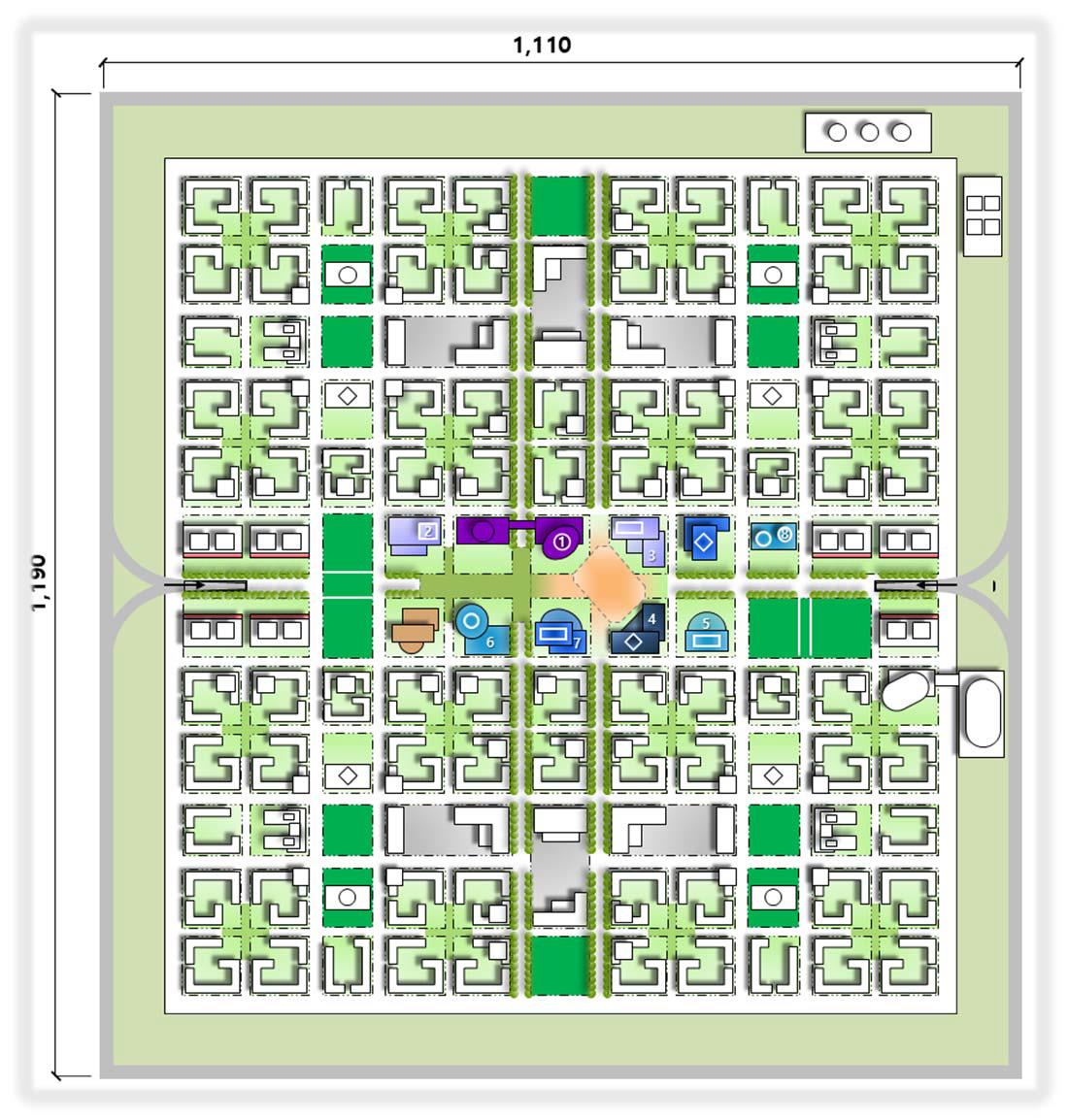
3 Key Infrastructure of the Smart City Archetype
1. Life-Care Platform (LPC) – the hub of living and communities
2. Co-Growth Platform (CGP) – the hub of production and innovation
3. Smart Eco-line – the foundation that supports mobility and innovation
The Smart City Archetype captures an area of 1.1km x 1.2km or 1.32km2 (about 40 pyeong), roughly a third the size of Yeouido. It was designed to house 30,000 people (or 10,000 households) in four subdivided areas, each formed around a SMART Life-Care Platform (LCP) and a SMART Co-Growth Platform (CGP). In addition, the model introduces the SMART Eco-line, a mobility innovation-based infrastructure that supports the LCPs and CGPs, as the third and last pillar of the Smart City Archetype.
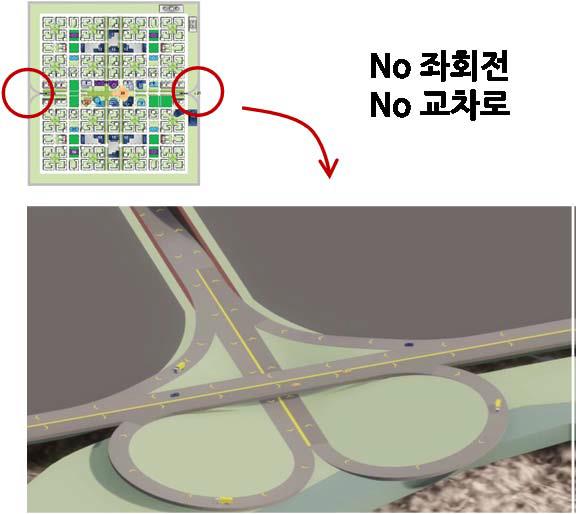
The SMART Eco-Line aims to address traffic congestion in urban areas and outlines plans that include: (1) the construction of outer overpasses, (2) SMART valet parking, and (3) “underground for commerce” (or an underground logistic system).
Of the three components of the SMART Eco-line, two – the LiDAR-equipped smart pole and underground logistic system—are ideas that have already been patented in South Korea (Application No. 10-2020-0164521, 10-2020-0164522). The former technology plays an important role in enabling the use of autonomous cars and smart valet parking. The latter not only introduces an underground logistics system to the urban environment but also mitigates the impact of trucks on traffic congestion and provides the convenience of last-mile delivery for its residents. Ultimately, they will provide economic and environmental benefits.
Each component has been designed to meet the three goals of the archetype: to improve the quality of life, restore communities, and foster production innovation. Their functions and the technologies behind them are explained in full length in the white paper.
Through the white paper, we share the first version of our Smart City Archetype, the embodiment of our philosophy and research. Moreover, we would like to note that our archetype model covers both greenfield and brownfield smart cities. In other words, it has been designed to work in both ways, for our goal is not to build a “smart city” in just name, but to create “a city that serves its people” in a way that “befits the new era.”
The Smart City Archetype: the first big stride towards future cities
Many smartphones today, notably Samsung’s Galaxy series, are simply astonishing. Having surpassed the 20th mark, the Galaxy series embraces not only modern technologies but also introduces future technologies, true to its title as an “advanced” smartphone.
However, even the Galaxy series would not have come to fruition without its first model. If we examine the S1 today, we will find many flaws in the phone. However, there is no doubt about its symbolic value. It marked the beginning of a great line of products, and it was the foundation upon which adjustments and modifications were made to facilitate the success of the later versions. Nothing is perfect from the beginning. There is only the process to attain perfection, and it always creates new values.
Our Smart City Archetype is also, as its name goes, an “archetype”—the first version of our smart city. Urban development is a long term project, and we are nowhere near its conclusion. As it is generally agreed, the “firsts” are always the hardest. Failures are inevitable, and criticisms are bound to appear. If we are able to take in these criticisms and make changes to develop new versions, our smart city archetype will transform into a more realistic, more compelling model of urban development. As they say, the process is more important than the end results.
Moreover, it will be imperative that we remain committed to an open development process, as it will allow many great ideas to be added to the archetype. We plan to engage with various groups of people with an emphasis on government-industry-university partnership, in particular, to advance our work. In addition, our ideas will be made public to facilitate the use of innovative ideas.
As Plato once said, “the beginning is the most important part of the work.” And our work with the Smart City Archetype begins with these ideas.
< Copyright holder © TAEJAE FUTURE CONSENSUS INSTITUTE, Not available for redistribution >

